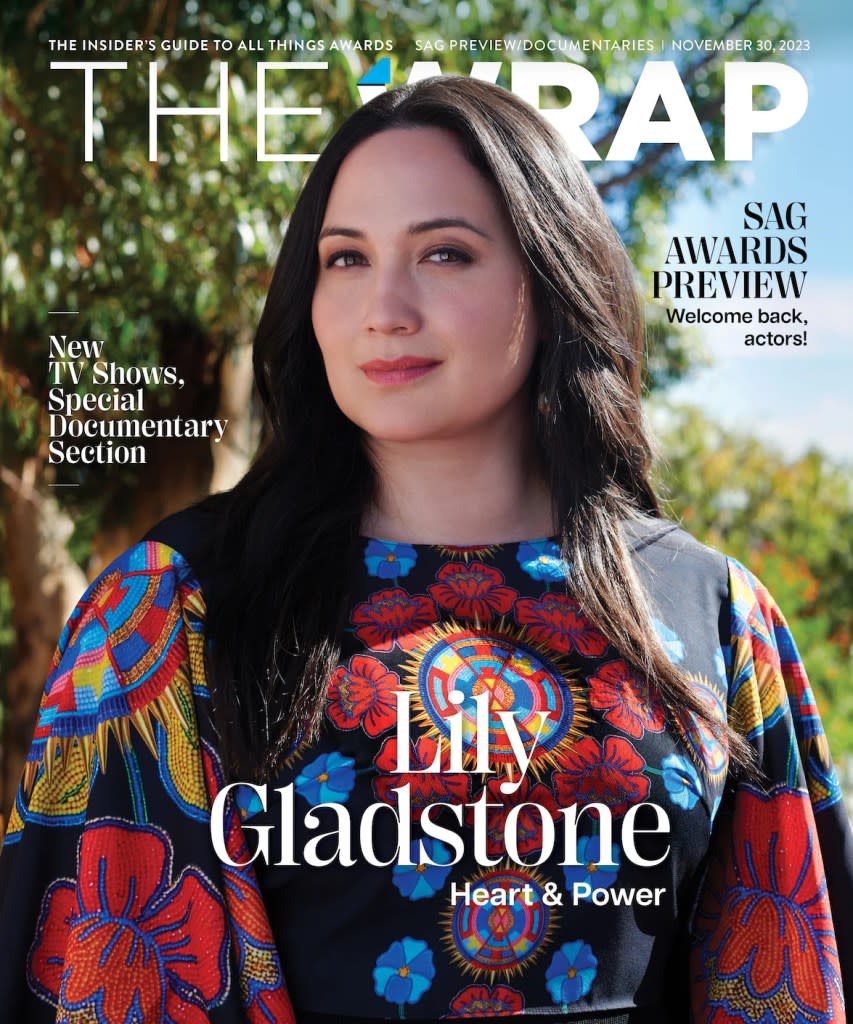‘The Mission’ Directors Said NatGeo Was ‘Not Afraid’ of Their Documentary Examining the Company’s History of Exoticizing Foreign Cultures
- Oops!Something went wrong.Please try again later.
- Oops!Something went wrong.Please try again later.
- Oops!Something went wrong.Please try again later.
Four years ago, an American man named John Chau, 26, was fatally shot with arrows while attempting to make contact with an indigenous island tribe. His goal was to convert them to Christianity.
“Boys State” directors Amanda McBaine and Jesse Moss unpack his complex story – and the complex history of National Geographic, which produced the movie through its NatGeo Documentary Films platform. The film, which includes vivid and sophisticated animated sequences, is available to stream on Hulu and Disney+.
TheWrap: What was your reaction when you read the news stories about the death of John Chau on North Sentinel Island?
Amanda McBaine: The news story felt like a throwback to another era. How could there still be an “uncontacted” tribe in the 21st century? And what would propel someone to land on North Sentinel island against the will of the inhabitants and consider that a loving act?
Jesse Moss: It grabbed our attention. But I think there was some reductive reporting about John, which cast him as a suicidal zealot, and about the Sentinelese who live on the island. As so often is the case, we had the sense that there was much more to the story. Certainly there was something about John that made us uncomfortable and upset, but we wanted to lean into those feelings. Sometimes creative discomfort can be really energizing.
McBaine: As people who did not grow up in the church, the story made us uncomfortable and we wanted to lean into that feeling and understand why. And once the family released John’s diary publicly, in part to counter the depiction of John as a reckless zealot, we knew there was more to explore.
The movie features a lot of film clips from adventure movies like “The Goonies,” which inspired John. How crucial was it to weave those in?
Moss: There’s a signature moment in our film, which comes from John’s own writing. We see a painting of “The Dawn Treader,” which is the big ship in one of the “Chronicles of Narnia” books. He wrote about putting his hand onto that painting and feeling like he was plunging into Narnia. The way in which John was so enchanted by stories provided some psychological understanding for us, and also a visual language to use as filmmakers.
It motivated us to use animation to depict the moments of contact with the Sentinelese, for which there is no visual evidence.
McBaine: As a child, John also read Christian comics, as well as many Boys’ Own adventure books. The storybook quality of animation felt organic to John’s idealized version of his mission, but it was just as important to honor the deep emotion of that moment as well. Finding the right animation artists to help us capture both these qualities was essential.
You also include a critique of National Geographic and its history of exoticizing foreign cultures. We should mention the movie was produced by Nat Geo Films.
McBaine: The memes and global headlines that immediately followed John’s death were reductive. Once the family released John’s diary publicly—in part to counter John’s oversimplified infamy as a reckless, suicidal zealot—we knew there was more to explore. John was only part of a much bigger story. Contextualizing both John’s history and the history of the tribe led us into a broader investigation of similar encounters, of missionary work, but also contact made by anthropologists, historians and even National Geographic itself.
Moss: When we embarked on this project, Nat Geo said directly, “We are not afraid to look at ourselves.” They had played a very significant role in defining our understanding, as Westerners, of the Sentinelese. But in 2018, they had published a magazine issue on race, which was the beginning of a revenant with their own history. They have said that they were culpable for shaping the Western conception of tribal cultures, including the Sentinelese. So, for us, there were no guardrails and that was encouraging.
The film features Dan Everett, an ex-missionary, who gains importance as the story moves along. How crucial was he to the project?
Moss: I don’t think we had a movie until we met Dan. He is quite self-aware, charismatic, honest, and he had lived John’s journey and had come out on the other side. So he could relate and have compassion for John, but he’d also been granted perspective on what the consequences of his actions were. And we realized that he could represent John’s alter ego.
This is a profile of a radical figure but the film is not a scold against belief, right?
Moss: You know, there’s an interesting hypothetical question proposed by Adam Goodheart, the historian, which is not in the film. But he asks: If we knew that the island was going to be erased by climate change, would we help to save the Sentinelese? Well, in John’s eyes, he was saving them. He had grandiose notions of being the hero of his own narrative, but the narrative was not about the people. It was about him. That was his folly.
McBaine: It was very important to us that we hear voices within the faith community who both support what John did and who question it. We are not anti-faith. What we are investigating, contextualizing, and ultimately critical of is radical faith, specifically evangelical missionary work as it pertains to indigenous tribes. We are not questioning personal faith, but exported faith, which often comes head to head with issues of consent.
A version of this story first appeared in the SAG Preview/Documentary issue of TheWrap’s awards magazine.
Read more from that issue here.

The post ‘The Mission’ Directors Said NatGeo Was ‘Not Afraid’ of Their Documentary Examining the Company’s History of Exoticizing Foreign Cultures appeared first on TheWrap.

